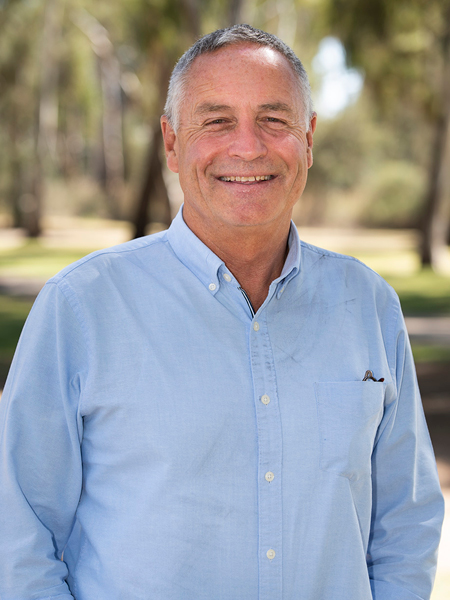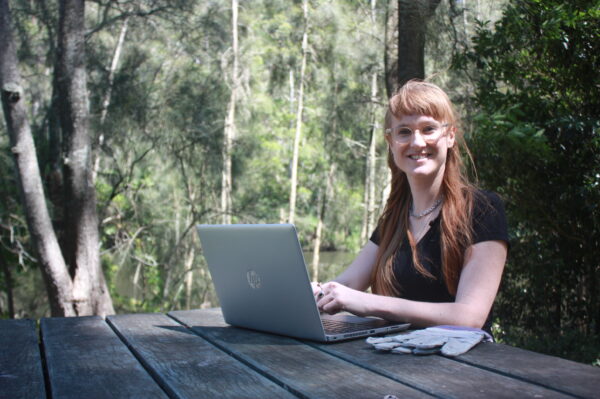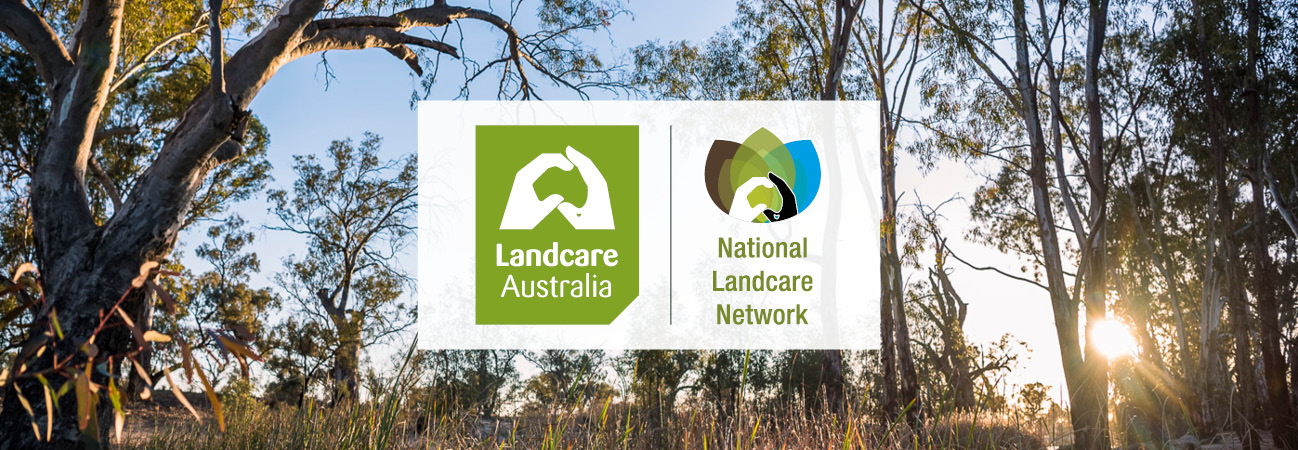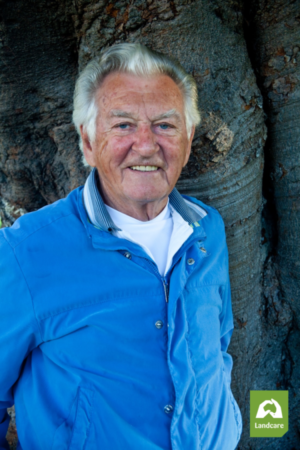
Landcare in Australia June 2020
Doug Humann | Chair | Landcare Australia
Landcare in Australia and a cohesive landcare movement is now more important than ever to the future of our land, water and people.
Drought, bushfires and then Covid-19 have made more difficult and critical our task of restoring health to our landscape and providing for a long term sustainable future, integrating the best of our scientific, natural and cultural heritage knowledge and skills. But it has also given us an opportunity to put our collective good will and initiative to the task.
For over 30 years Landcare Australia has been working to harness that good will and we have been buoyed by the enthusiasm and trust that institutions, including governments, corporations, and other “for purpose” charitable groups, are putting in Landcare Australia and our people. Collectively we are part of the solution.
At the end of 2019 Landcare Australia joined a collaboration of other land management stewards in formally establishing the Australian Land Conservation Alliance (ALCA), where I now sit on the Board of Directors representing Landcare Australia. Landcare Australia, ALCA and more than 70 other organisations including farming and landcare groups are currently urging the Australian Government to create a stimulus package to restore health to our landscape. In April 2020 I had published a call to action for this initiative in dozens of regional newspapers throughout Australia; the response has been overwhelming.
This is why I joined the Landcare movement. To be part of a new and inclusive chapter for Landcare that has at its core a collaborative community filled with optimism and mutual support that produces many benefits for landcarers.
Landcare Australia’s CEO, Dr Shane Norrish, writes of this below.
Together with my fellow directors and staff, we share the disappointment that the one unified voice for Landcare has not yet eventuated, but that doesn’t stop our commitment to unify and help build the landcare movement regardless. We can write of the things we are not, but I prefer the narrative of writing of who we are and what we believe and seek. Landcare Australia has a particular role in the landcare community and particular unique capabilities in promoting Landcare and its partners for the benefit of all landcarers. Our current large grants round with WIRES is but one example of this and of our support for fire ravaged landcare communities.
Landcare Australia will do more, and we look forward to doing it together, and hearing of your suggestions and concerns and building a pathway to the future – together.
For more information on Landcare Australia, who we are, and what we have done and what we hope to achieve please use the links here and don’t hesitate to contact me directly [email protected] or contact our team [email protected] if you have any questions.
In the meantime, I’m sure I speak for all landcarers in looking forward to removing the shackles of the necessary Covid-19 response and getting out on the ground to meet the task at hand.
Doug Humann
Chair
Landcare Australia

An update for Landcarers from Landcare Australia’s CEO
Dr Shane Norrish | CEO | Landcare Australia
It’s been more than three decades since Landcare began and we have much to be proud of!
I often wonder whether, when our Prime Minister at the time, the Hon. Bob Hawke AC, first backed Landcare and created Landcare Australia in 1989, did he truly contemplate such a diverse and impactful volunteer movement? Did he contemplate the full extent of involvement by farmers, landholders and communities who have come together across Australia to protect and restore our land and unique environment? Did he contemplate a movement that embraces the practices of indigenous Australians and engages the next generation of Junior Landcarers?
Back then, Bob Hawke was amazed by the outstanding achievements of the early Landcarers, and he championed Landcare and Landcare Australia all his life.
As a young sustainable farming agronomist, I remember a Brisbane meeting decades ago when a participant commented on Landcare’s massive responsibility and the extraordinary trust Australia placed in Landcare. That trust is respected by all Landcarers and the Landcare Australia team, who passionately protect and promote Landcare’s profile and reputation, because it represents the combined efforts of generations of Landcarers.
I’m proud to lead an organisation that has supported community Landcarers and their groups to become the most highly recognised community-based environmental movement in Australia. The Australian Landcare model is so successful that it has been adopted by 20 other countries.
In earlier years Australia imported rabbits, blackberries, foxes, lantana, and cane toads. And now we have exported Landcare, because it works exceptionally well. Importantly, when that success is boosted by appropriate funding and support of local people, communities quickly work out how to get things done on the ground and multiply returns from that funding many times over. If Landcare hadn’t been around for more than 30 years, what would Australia look like now?
In the last three decades we’ve achieved a great deal of good work. Yet there is much more to do. We are all confronting the impacts of a changing climate, biodiversity loss, droughts and of course, devastating bushfires. I appeal to all who value Landcare to work together, to work with us, so we can further build Landcare’s success. We need Landcare now more than ever.
Over the years, Landcare Australia has provided many millions of dollars in support and promotion to Landcare groups and the Landcare community. We have funded many thousands of community grass-roots projects, and advocated the importance of Landcare to successive Federal and State Governments, business, industry, and international agencies.
We are continuing to get on with supporting the Landcare community and the protection and restoration of natural assets. We have been consulting the Landcare community, Government agencies, researchers and other NGOs to increase the impact of grants funding, including those supporting bushfire recovery. In recent weeks, we have been able to fund over 70 projects with Landcare and other community groups in bushfire affected areas. A good result, but we must do more.
I remain convinced that a strong and united national voice is the best outcome for Landcare. During our work to unify Landcare at the national level, we looked at ourselves and the National Landcare Network and understood that Landcare is much bigger than what is represented by our two organisations. Our Board, staff and other stakeholders are committed to supporting an inclusive Landcare movement, which reflects our vision of all Australians actively caring for our unique land and water assets.
We welcome working with the Landcare peak organisations, networks, and groups in each state and territory, youth networks, Indigenous organisations, environmental NGOs, farming organisations and the vast range of other organisations, groups and individuals involved in Landcare, just as we have always done.
We will continue to work hard supporting those Landcarers, wherever we can.
That’s our role, that’s one of the reasons why we were created by Bob Hawke 31 years ago.
Dr Shane Norrish
CEO
Landcare Australia




